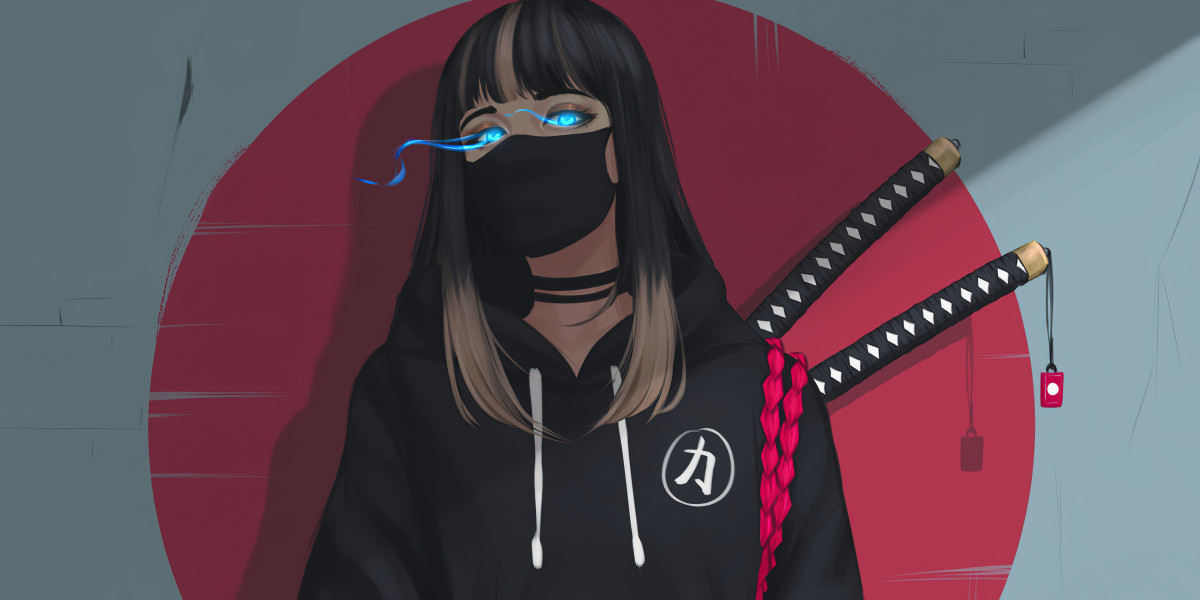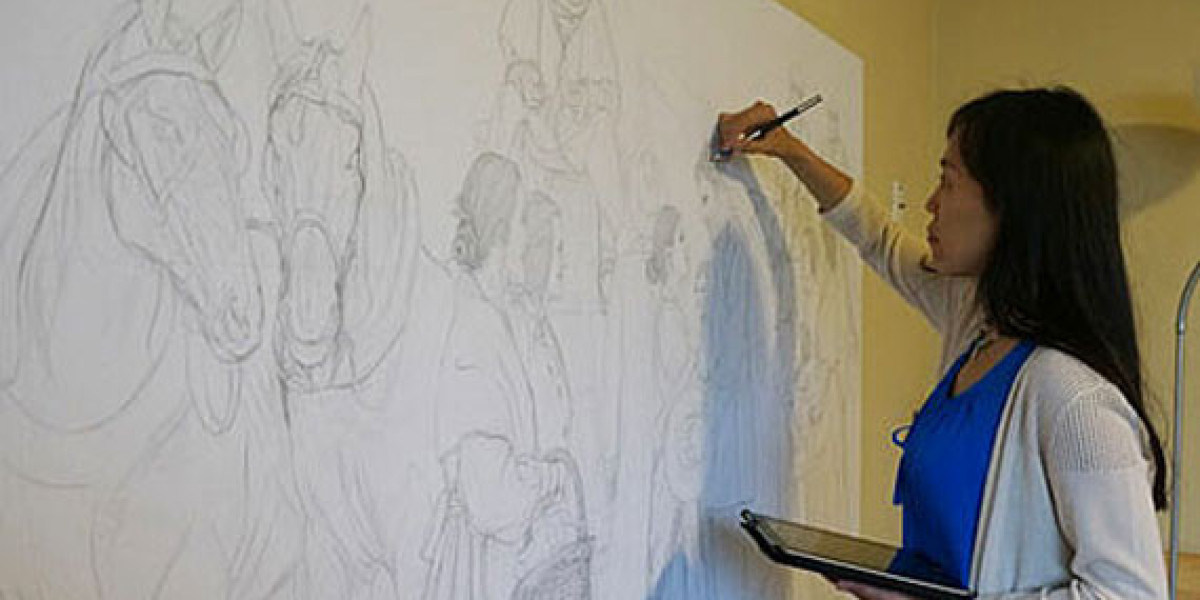Unlocking the Mystery: Dive into the Colorful World of Abstract Art!
Abstract painting is an enchanting realm that invites viewers to experience art beyond the confines of realism. Unlike traditional art forms that often depict recognizable subjects, abstract art liberates the imagination, allowing for personal interpretation and emotional connection. The allure of abstract painting lies in its capacity to convey feelings and ideas through colors, shapes, and forms, rather than through direct representation. In this article, we will explore the rich history of abstract painting, delve into various techniques that define this genre, and introduce you to some of the most influential abstract artists. Whether you're an aspiring artist or simply an art enthusiast, this journey into the colorful world of abstract art promises to deepen your appreciation and understanding of this dynamic form of expression.

The History of Abstract Painting
The origins of abstract painting can be traced back to the early 20th century, a time of significant change in the art world. As traditional artistic conventions began to crumble, artists sought new ways to express their thoughts and emotions. This evolution was marked by key milestones, such as the rise of modernism and the influence of movements like Expressionism and Cubism. One of the pioneers of abstract art was Wassily Kandinsky, who believed that art should evoke spiritual and emotional responses. His use of vibrant colors and geometric shapes paved the way for future abstract artists. Another significant figure, Piet Mondrian, introduced a more structured approach with his grid-like compositions, utilizing primary colors to achieve harmony and balance. The impact of these artists and their revolutionary ideas shaped the trajectory of abstract painting, leading to a rich tapestry of styles and philosophies that continue to influence artists today.
Techniques Used in Abstract Painting
Abstract painting is characterized by a variety of techniques that emphasize freedom of expression and creativity. One fundamental aspect is the use of color theory, where artists carefully select hues to elicit specific emotions and reactions. For instance, warm colors may evoke feelings of excitement or warmth, while cool colors often convey calmness or introspection. Brushwork also plays a crucial role; techniques such as dripping, splattering, or layering can create dynamic textures and movements within a piece. Shapes and forms are manipulated in abstract art to break away from traditional representation, allowing artists to explore their intuition and spontaneity. An artist friend of mine once shared how he feels liberated when he paints abstractly, as it allows him to pour his emotions onto the canvas without the constraints of realism. This sense of freedom is what makes abstract painting an exhilarating experience for both the creator and the observer.
Notable Abstract Artists
Throughout the history of abstract painting, numerous artists have emerged as key figures, each contributing their unique styles and philosophies to the genre. Jackson Pollock, known for his drip painting technique, revolutionized the art world by emphasizing the act of painting itself. His chaotic yet harmonious works invite viewers to experience the energy and movement of creation. Mark Rothko, on the other hand, is celebrated for his large-scale color field paintings that evoke profound emotional responses through their simplicity and depth. His use of color gradients creates an immersive experience that resonates with viewers on a personal level. Gerhard Richter, a contemporary master, blends abstract and representational styles, often blurring the lines between the two. His ability to manipulate paint and texture allows him to create works that challenge the viewer's perception. These artists, among many others, have left an indelible mark on the world of abstract art, inspiring generations of creatives to explore the limitless possibilities of this vibrant genre.
The Impact of Abstract Art on Contemporary Culture
Abstract art has profoundly influenced contemporary culture, shaping our perceptions of what art can be. No longer confined to galleries, abstract works have found their way into popular media, fashion, and design, reflecting the dynamic nature of modern life. The presence of abstract art in exhibitions and public spaces encourages dialogue and challenges traditional views, inviting viewers to engage with art on a deeper level. As society becomes increasingly complex, abstract painting offers a means to explore and express the multifaceted human experience. Its emphasis on emotion and interpretation resonates with audiences, making it a powerful tool for cultural commentary and personal expression.
Embracing Abstract Art
In conclusion, abstract painting is a captivating and essential component of the art world. Its rich history, diverse techniques, and the contributions of remarkable artists have shaped its evolution and relevance today. As we reflect on the significance of abstract art, we are reminded of its ability to transcend boundaries, inviting us to explore our emotions and interpretations. Whether you are an artist, a lover of art, or simply curious about this vibrant genre, I encourage you to delve deeper into the world of abstract painting. Appreciate the freedom it represents, and allow yourself to be moved by the colors, forms, and ideas that it expresses. Embrace the mystery and beauty of abstract art, and let it inspire your own creative journey.












